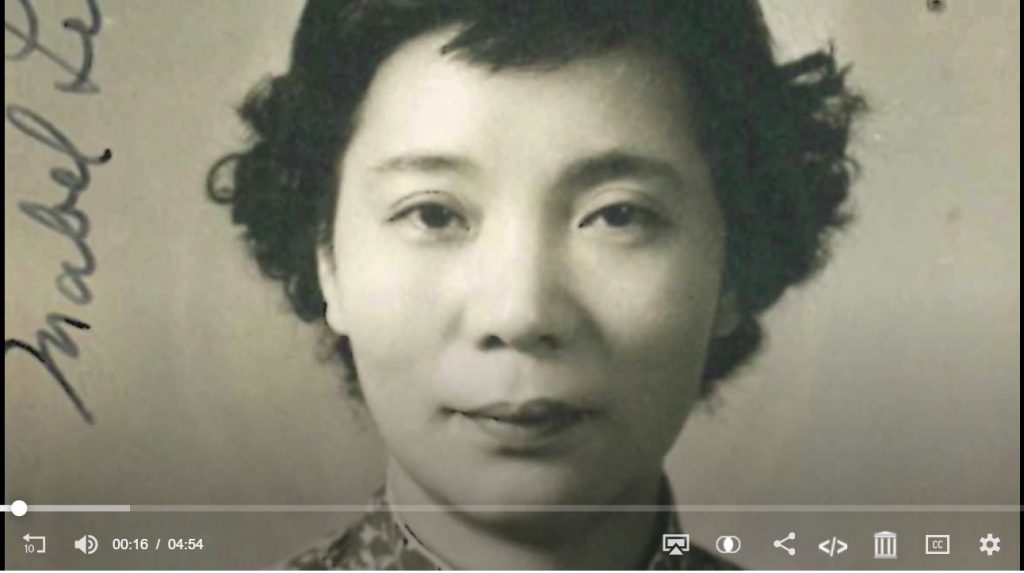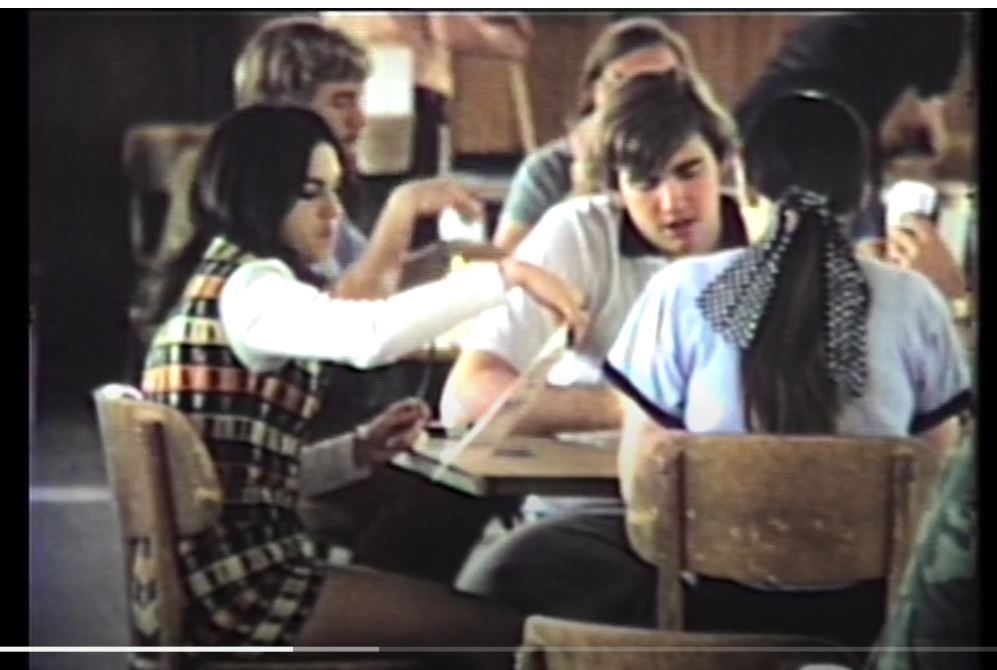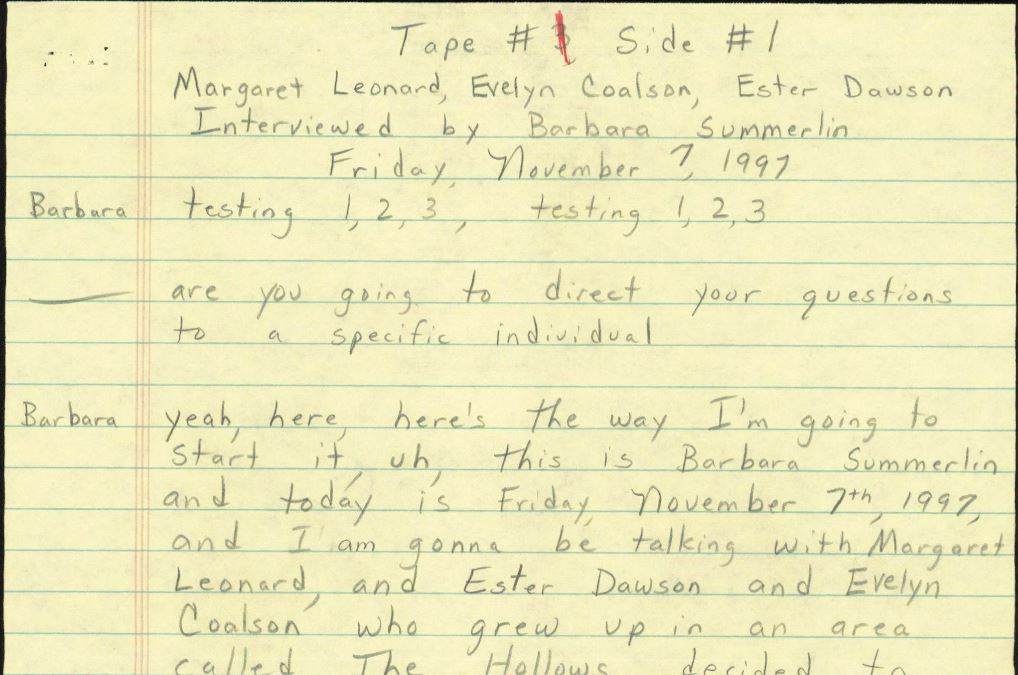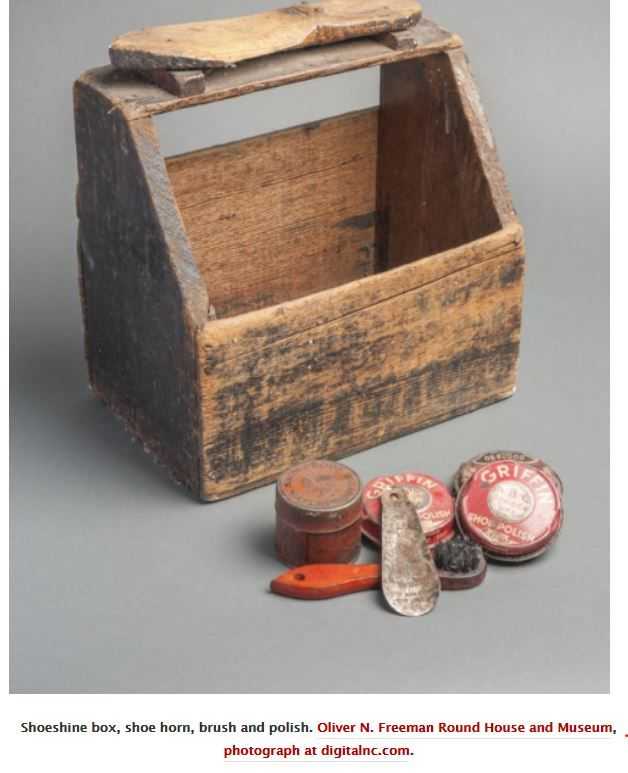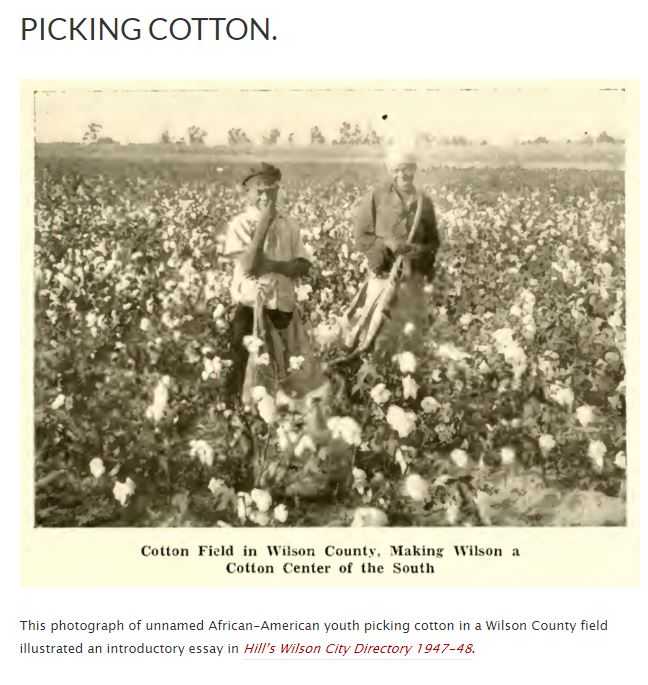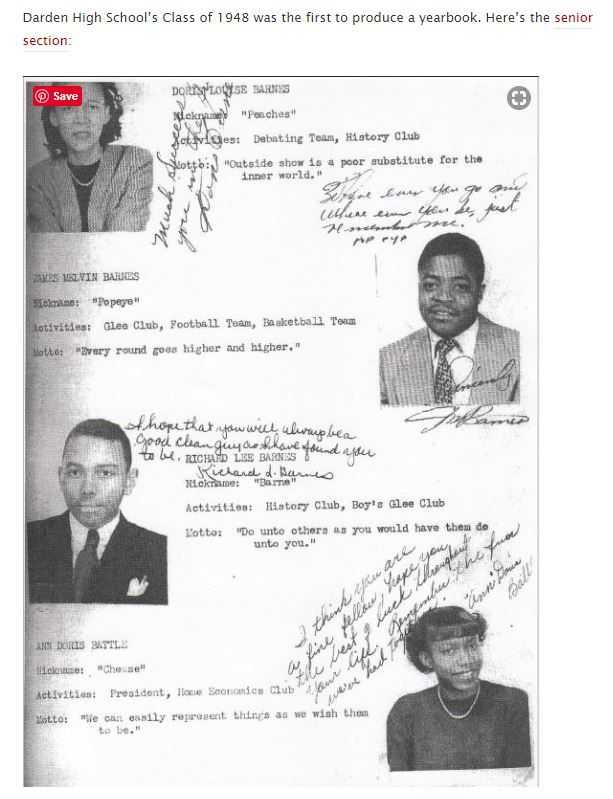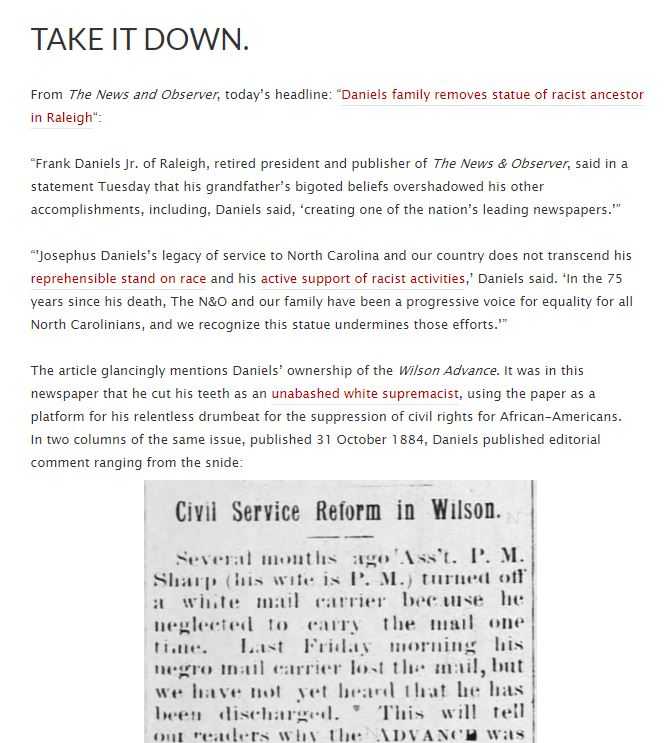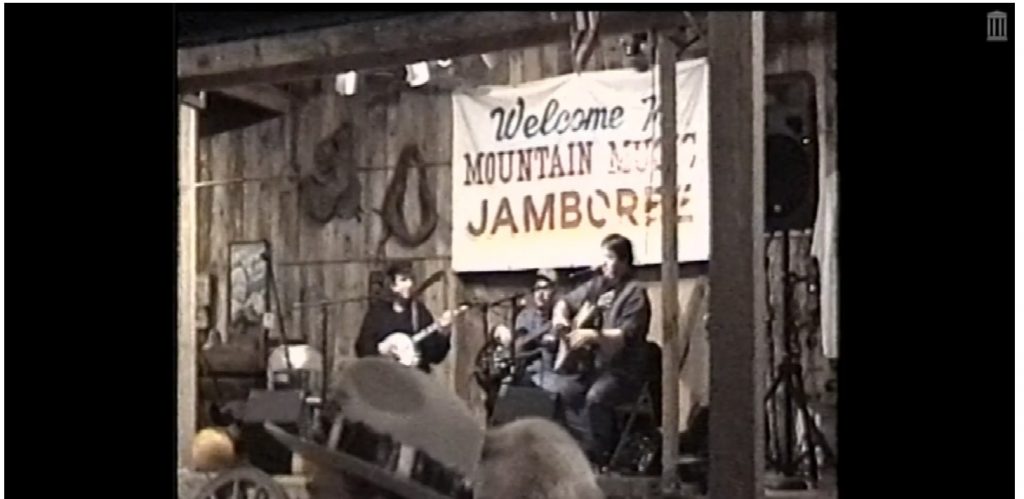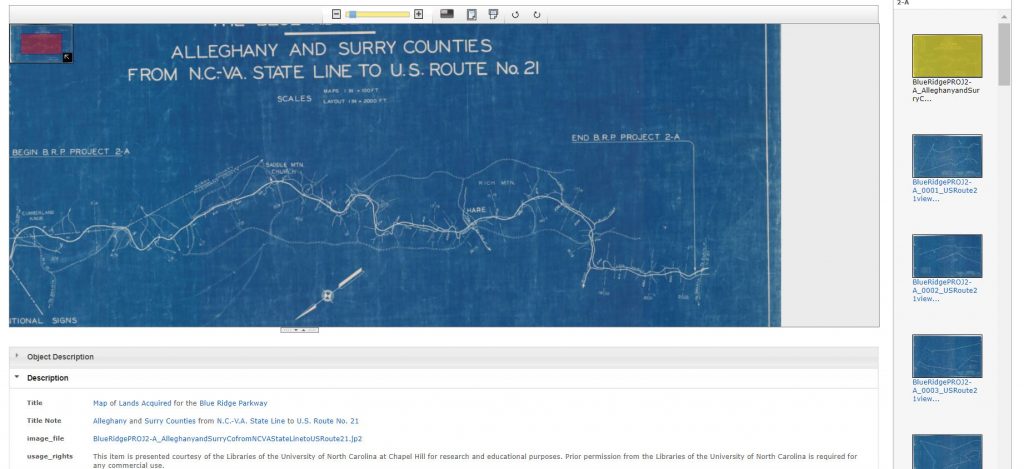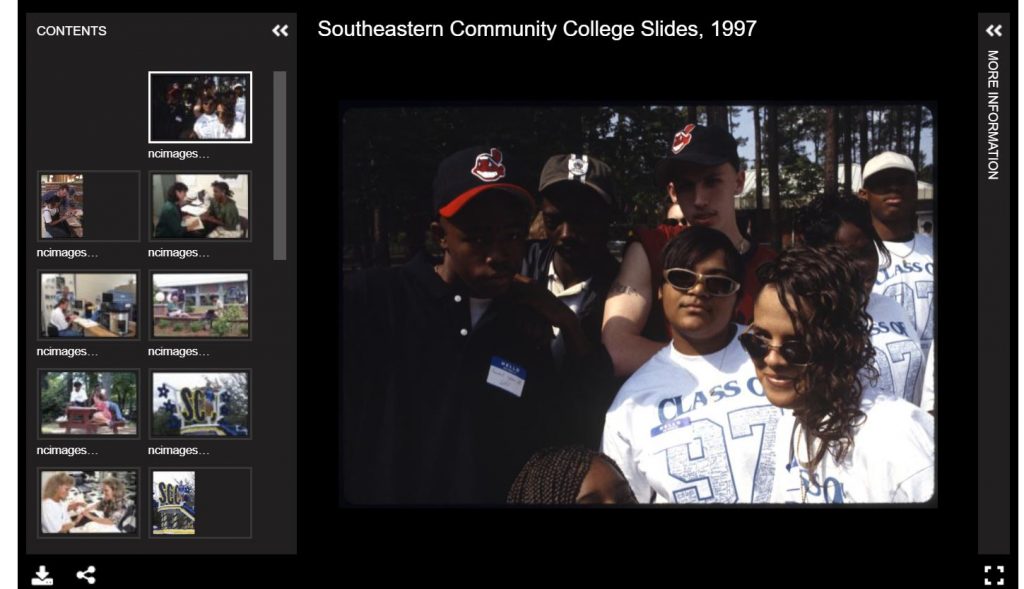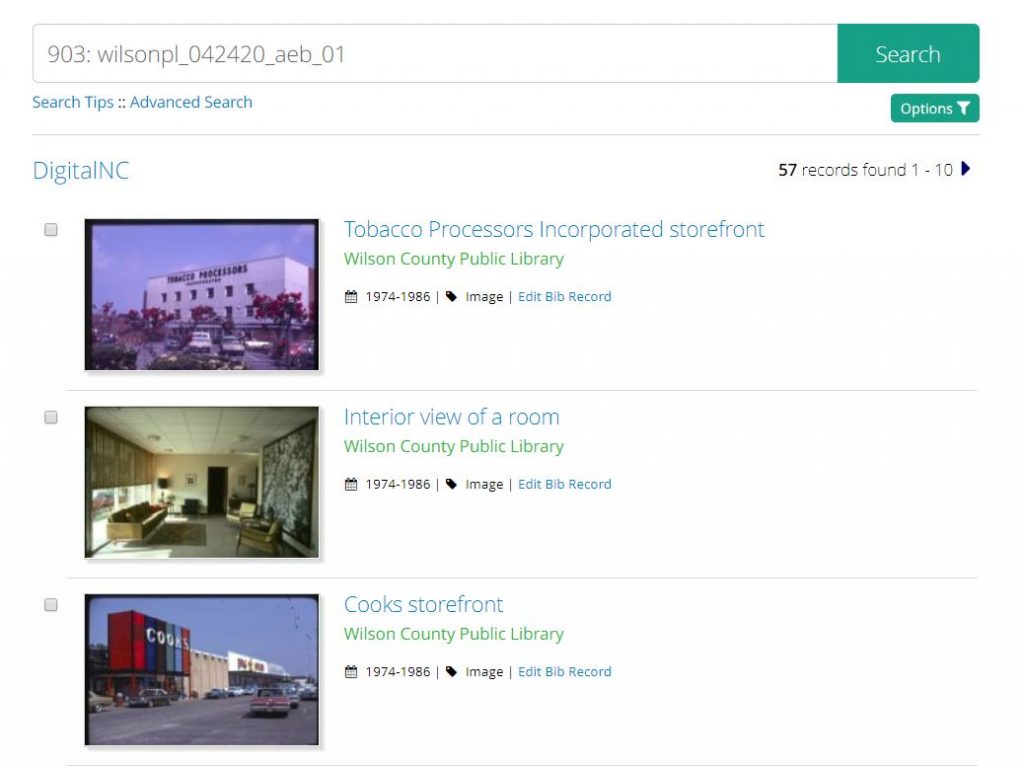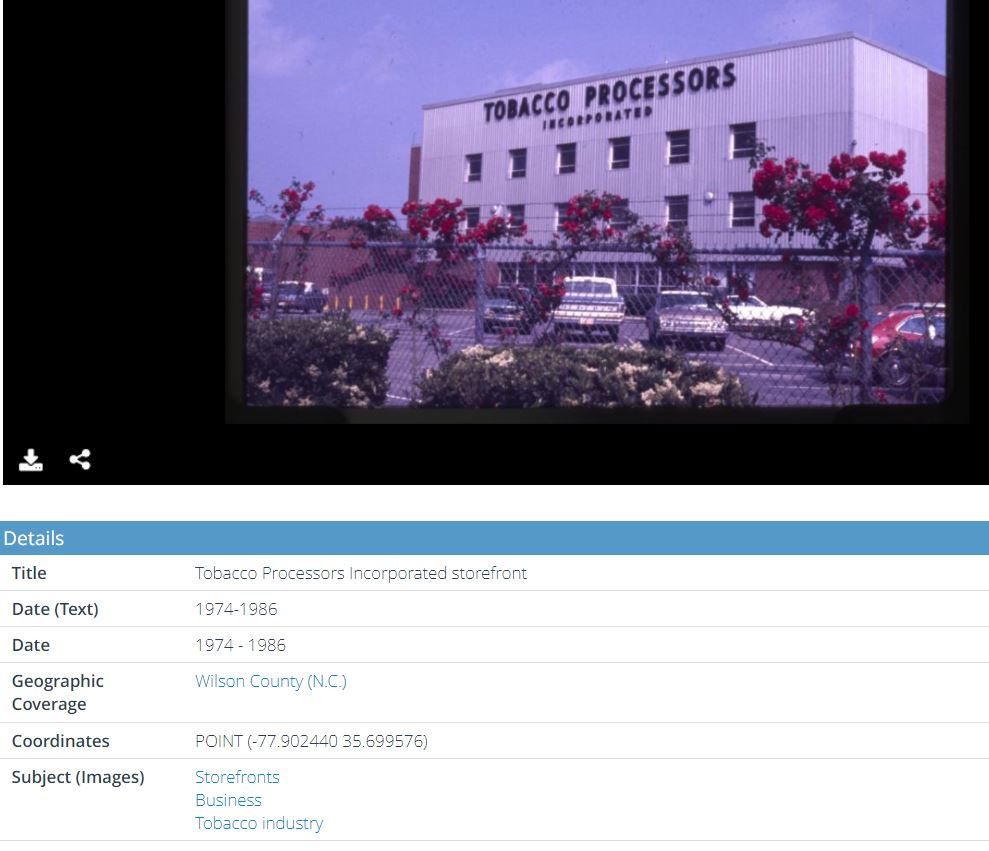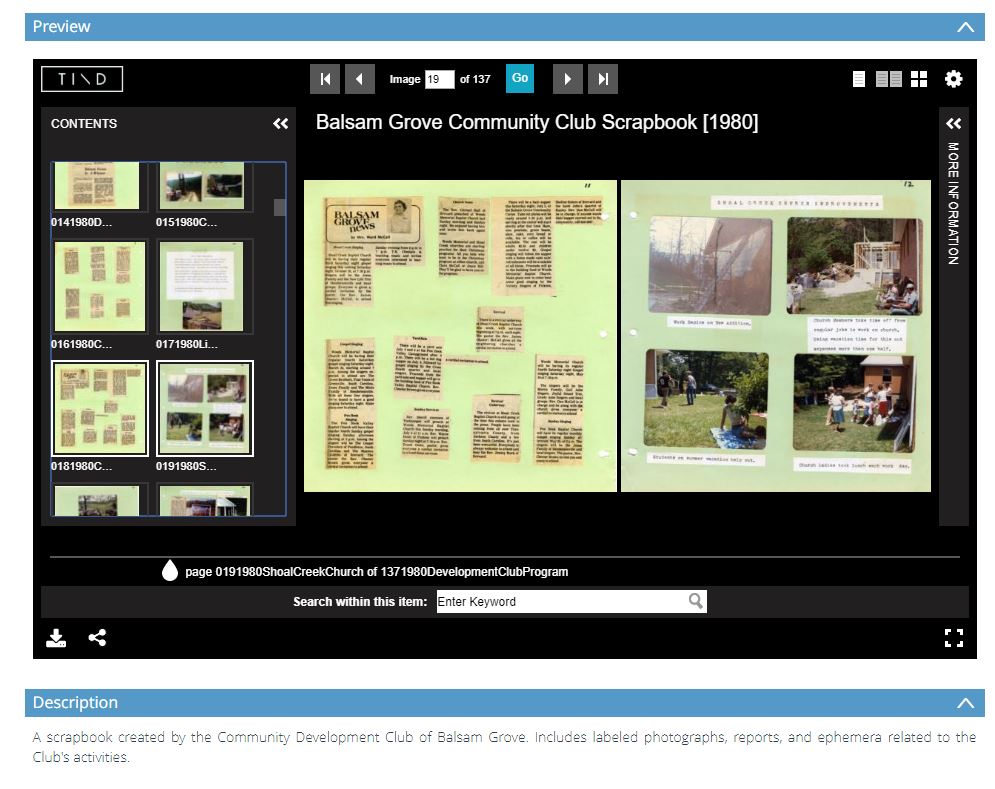A couple of weeks ago UNC’s university archivist tweeted about finding articles in the Daily Tar Heel about a flu epidemic on UNC’s campus in early 1941. Intrigued – and figuring it was in no way contained to UNC’s campus – we did some digging in other newspapers on our site to find other stories about the epidemic’s impact on other campuses in NC at the time. A topic that is feeling quite relevant now, we found mentions scattered throughout the papers in January and February 1941 (for context – what would have been a year that started with an epidemic for these students and ended with the country involved in a World War) about how students were reacting to this sudden uptick in the flu.
Several campuses seemed to have a newfound appreciation for the infirmary, with an “Ode the Infirmary” published in Mars Hill College’s student newspaper.
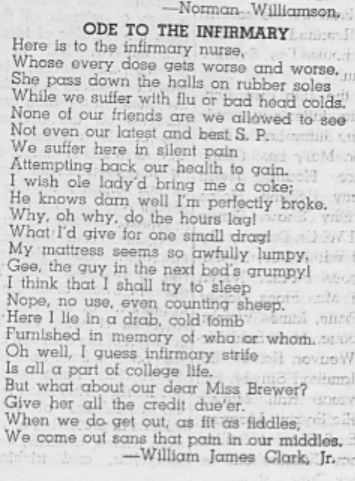
From the Montreat College paper, a look “Through the Infirmary Door”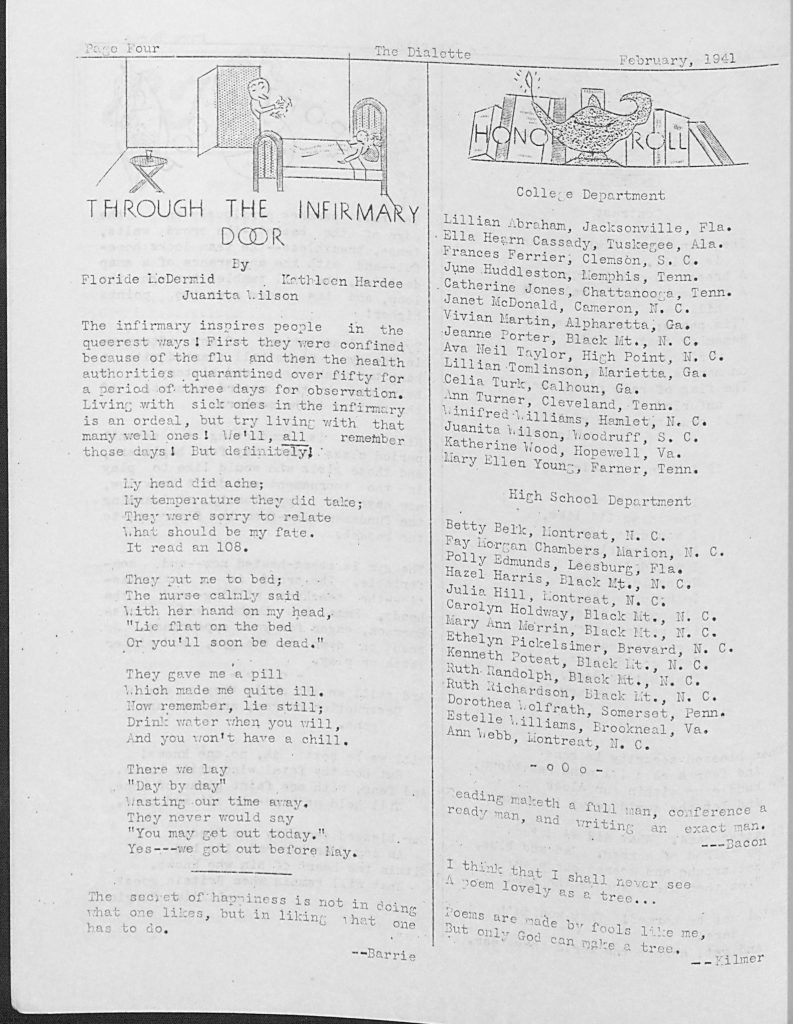
The social lives of the Belles of Saint Mary’s were put on hold for the flu that struck campus in mid January. Their society pages in their student newspaper detail such and the following flurry of activity as they were able to come out of quarantine.
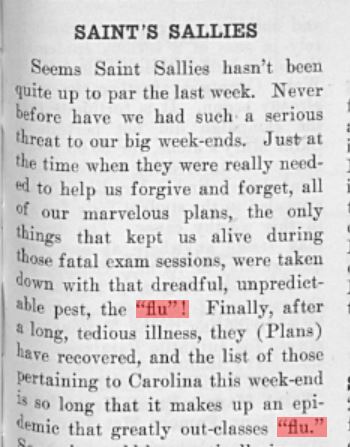
At the high school level, reports of basketball games and academic competitions were cancelled or put on hold as school was cancelled for several days to prevent the spread of the flu virus. Both the students at Greensboro High School and High Point School reported such.
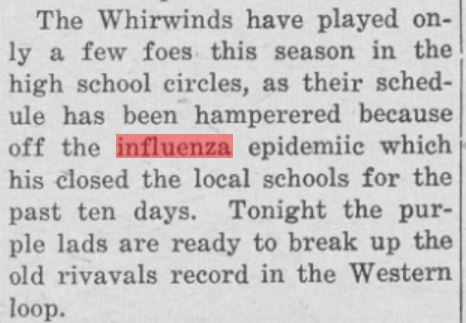
Other social and academic events were also cancelled – all citing the epidemic as the cause.
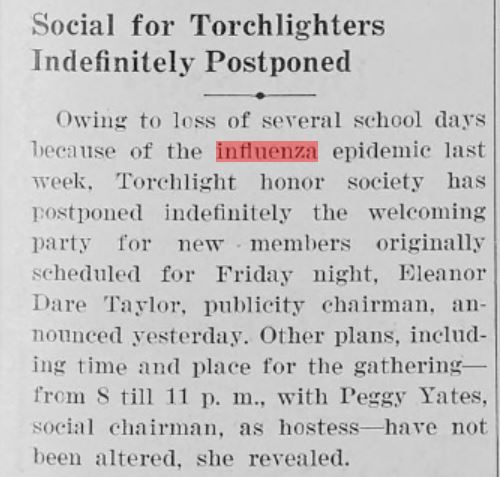
Other college campuses did not seem to have large effects from the flu but did report on students who were travelling from other areas of the state who then had to quarantine upon arrival on campus. For example, in an article in Montreat College’s student paper, they reported on students who had to quarantine upon arriving back to campus.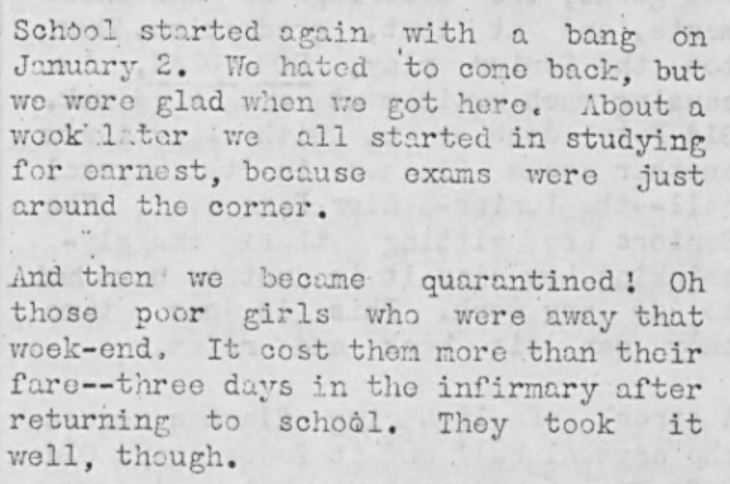
All in all, nothing quite as dramatic as what appears to have happened at UNC was going on at other North Carolina schools, perhaps another echo of what has happened in 2020. A brief perusal of the community papers from the time show that the flu epidemic was something affecting the whole state for sure, with mentions of it in papers from as far east as Beaufort, NC and as far west as Franklin, NC in Macon County.
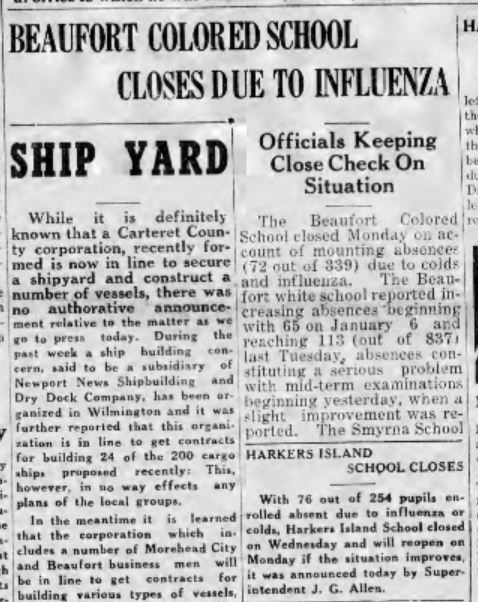
Clipping from The Beaufort News , January 16, 1941
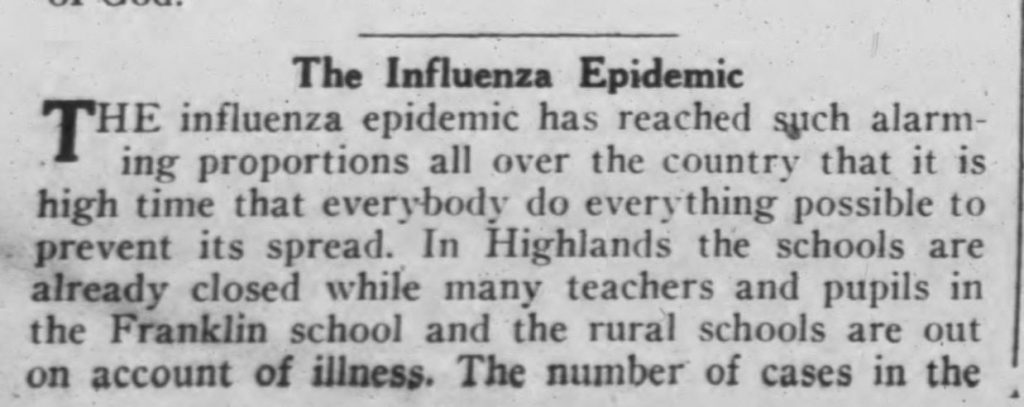
Clipping from The Franklin press and the Highlands Maconian, January 23, 1941
Several articles note that this particular epidemic was moving from the western part of the state to the eastern part of the state, which was apparently unusual, and overall cases had been fairly mild (which likely explains in part why it rarely pops up as an event in history).
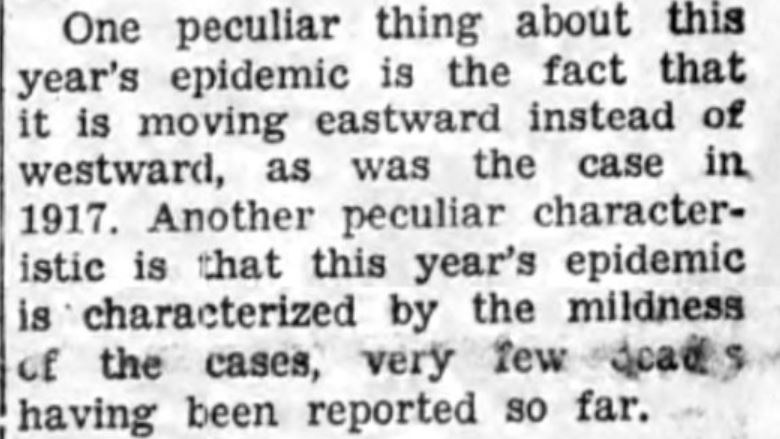
January 22, 1941 issue of the State Port Pilot discussing the effects of the flu across the state.
To explore our over 1 million pages of digitized newspapers yourself, visit our North Carolina Newspapers page and read here about how colleges in NC responded to the 1918 Spanish Flu pandemic.

